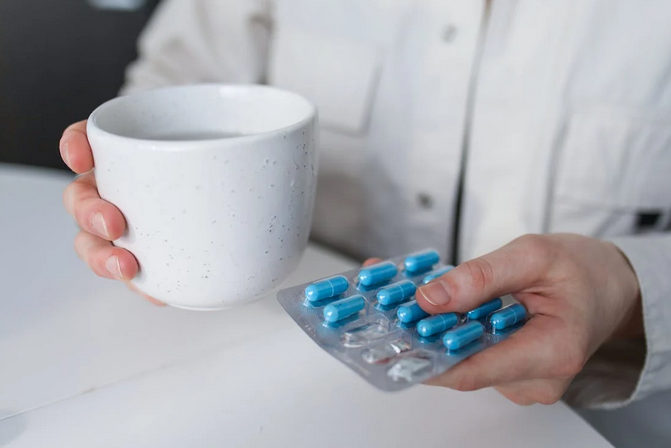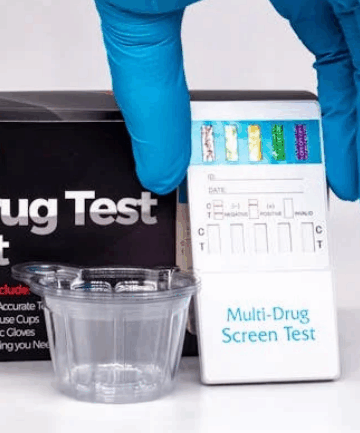Urine drug testing may appear routine, but in clinical practice, it provides doctors with critical insights. Beyond detecting substances, these tests offer clues about compliance, safety, and potential risks. Among the things to know about Royal Flush is how such products claim to influence results, which is why physicians need to interpret findings carefully. When a physician orders a urine test, they are not just searching for drugs. They are interpreting a picture of the patient’s overall medication use and possible exposure to harmful compounds.
Confirming Prescribed Medication Use

One of the first things doctors examine in a urine drug test is whether a prescribed medication is present. For patients on opioids, stimulants, or sedatives, confirmation matters. It tells physicians that the treatment plan is being followed. If the expected drug does not appear, it could mean the patient is not taking it, has stopped on their own, or is diverting the prescription. Each possibility carries implications for safety and treatment outcomes.
Detecting Non-Prescribed Substances
Doctors also look for drugs that were never prescribed. These might include illicit substances such as cocaine, methamphetamine, or cannabis, depending on the panel used. Non-prescribed medications like benzodiazepines can also show up. When unexpected drugs are present, doctors must evaluate whether they pose medical risks or interfere with current therapies. Such findings often prompt careful conversations rather than immediate judgments.
Monitoring for Dangerous Combinations

Urine drug tests also help doctors spot combinations of substances that could be harmful. For example, opioids taken with benzodiazepines increase the risk of respiratory depression. Similarly, stimulants combined with certain antidepressants can cause severe cardiovascular stress. By identifying these overlaps, doctors can adjust prescriptions to reduce danger and ensure safer care.
Evaluating Metabolism and Dosage Issues
Sometimes results provide insight into how a patient’s body is processing medication. Doctors may notice that a drug appears at unusually low or high levels in the urine. Low levels might indicate rapid metabolism or underuse. High levels could suggest overuse or slow elimination. These clues help physicians fine-tune dosage, offering more effective and safer treatment tailored to the individual’s unique physiology.
Considering False Positives and Negatives

Physicians also remain cautious about test limitations. Certain antibiotics, decongestants, or even foods like poppy seeds can cause false positives. Timing plays a role as well. If a patient has not taken their medication recently, the result may be negative even though they are adherent overall. Doctors interpret results with clinical judgment, combining them with patient history and examination. This careful approach helps ensure fairness and avoids misinterpretation.
Considering Clinical Scenarios Where It Matters Most
Doctors use urine drug testing in several settings. In pain clinics, it helps track adherence to opioid therapy and prevents dangerous misuse. In psychiatry, it clarifies whether other substances are complicating mental health symptoms. In emergency departments, results quickly point to possible causes of overdose, altered consciousness, or unexplained illness. In all cases, the test is not just about detecting drugs but about guiding safe and responsible medical care.
As medicine advances, doctors expect even more from urine drug testing. New laboratory methods are improving sensitivity, helping identify substances in smaller amounts and over longer detection windows. Rapid point-of-care tests give clinicians answers within minutes, making decision-making faster. Integration with digital health records streamlines communication across specialties. These innovations mean that …

